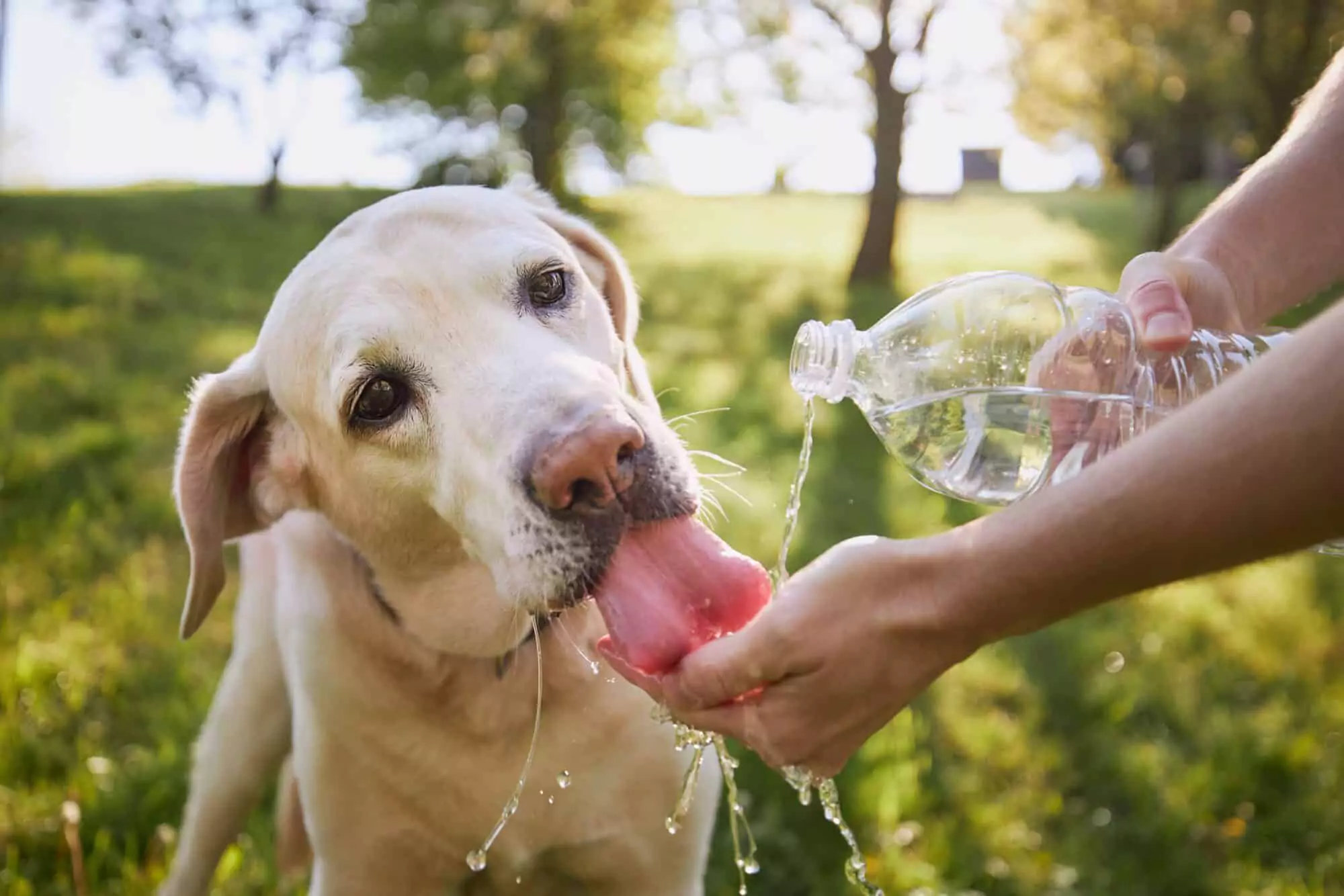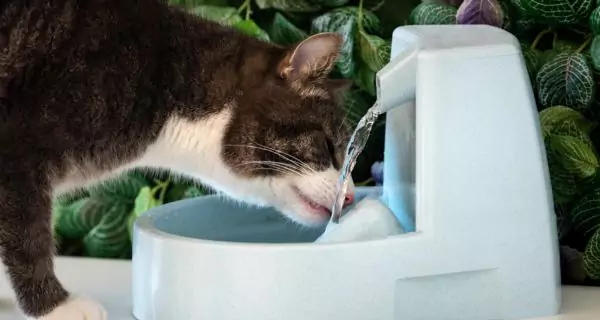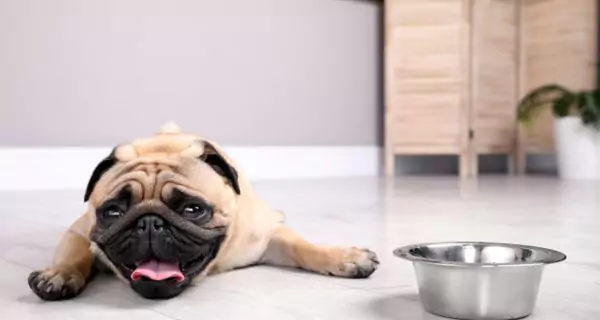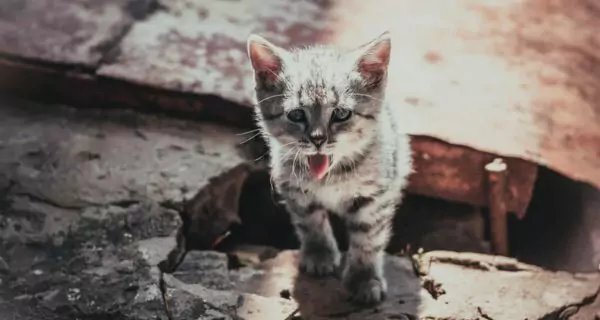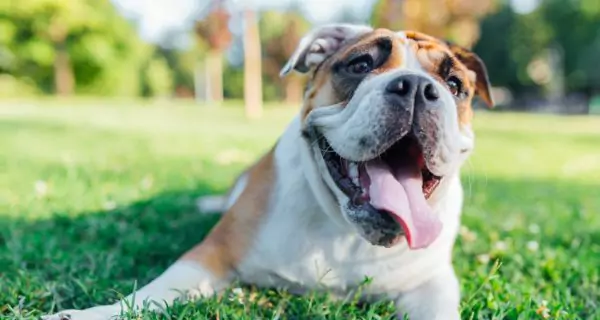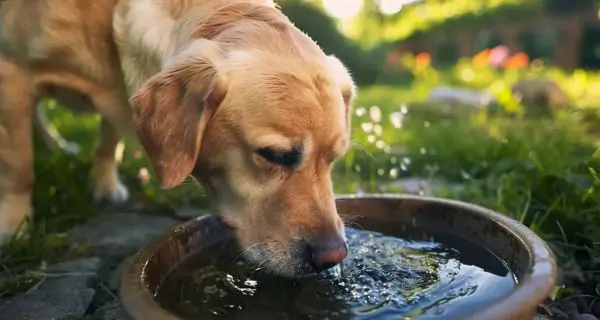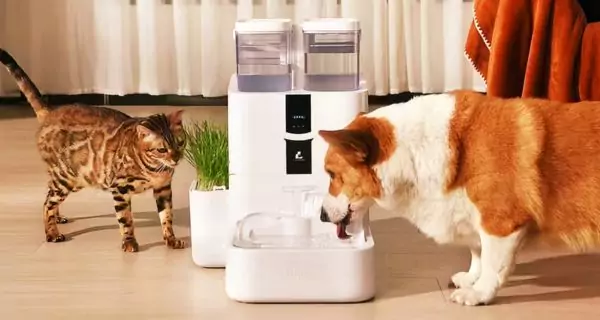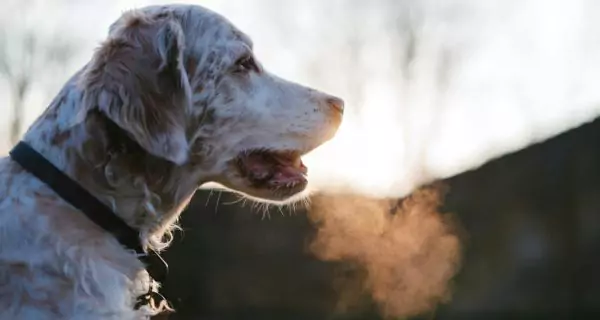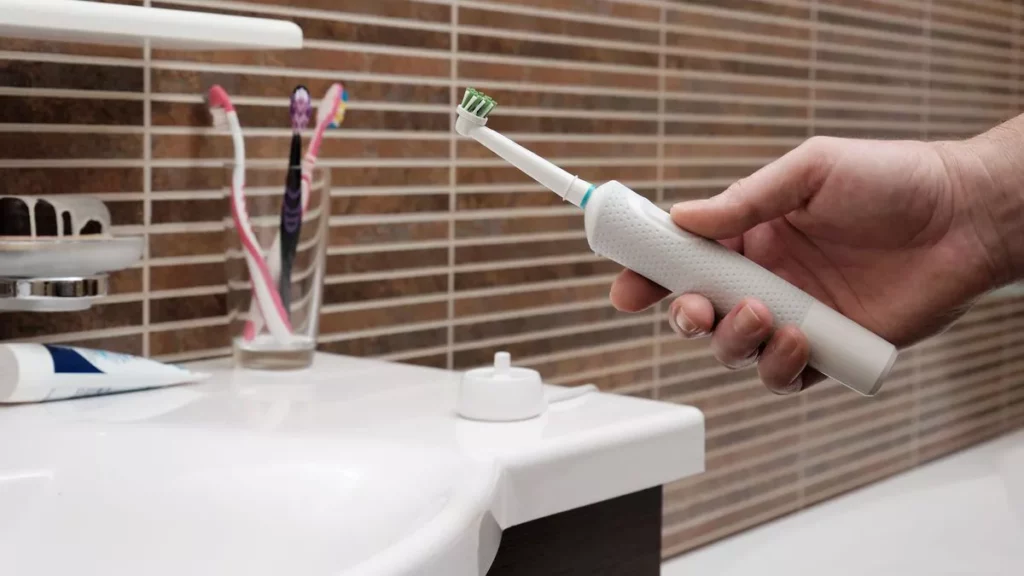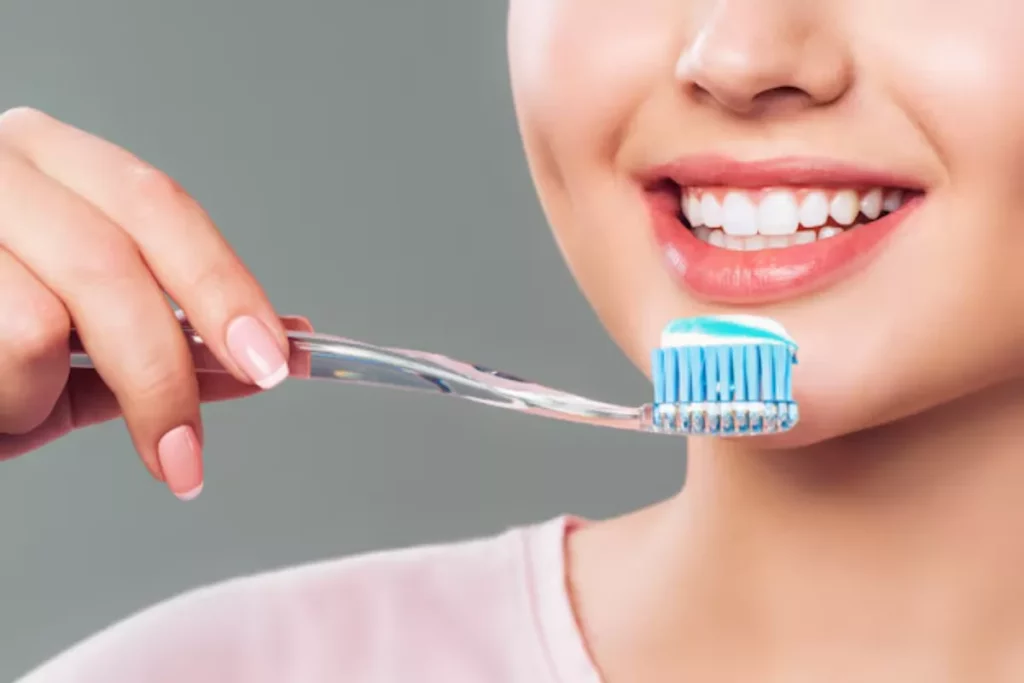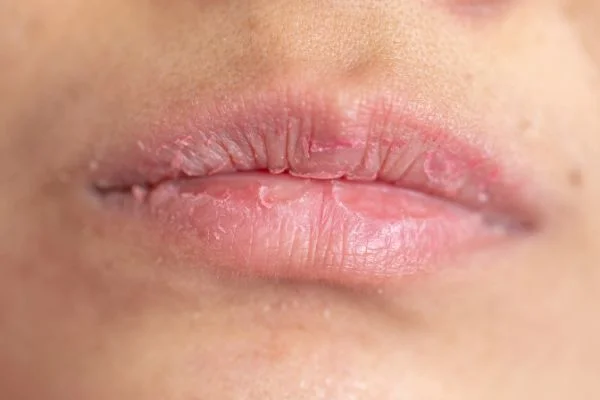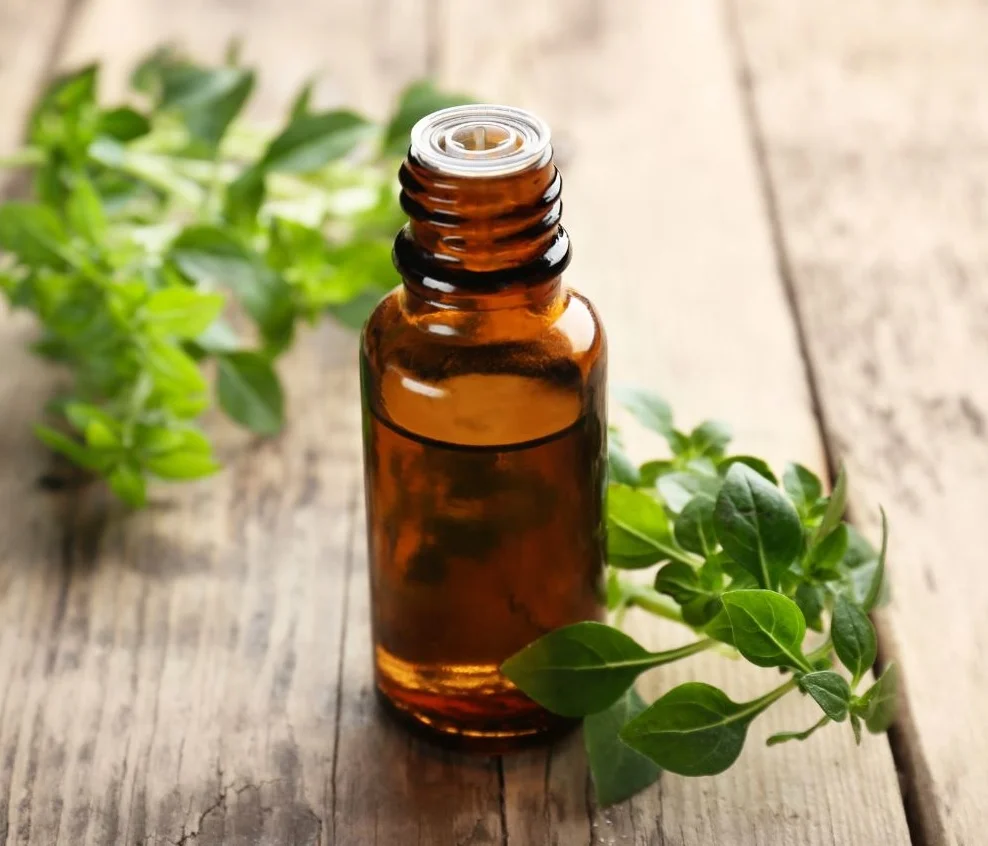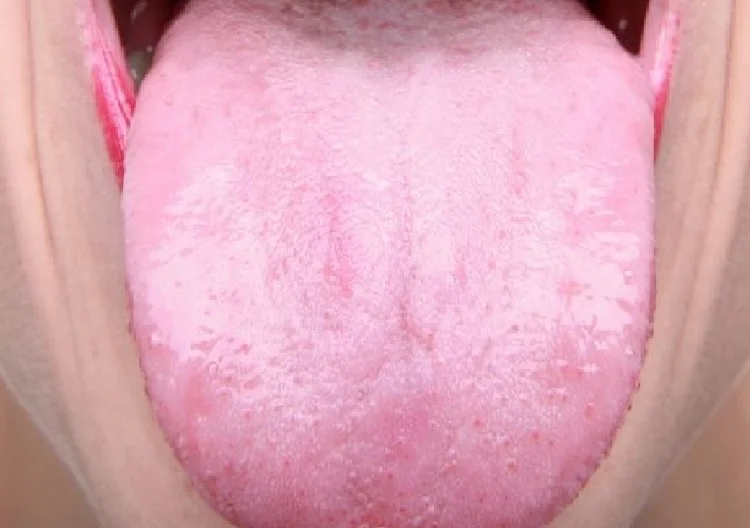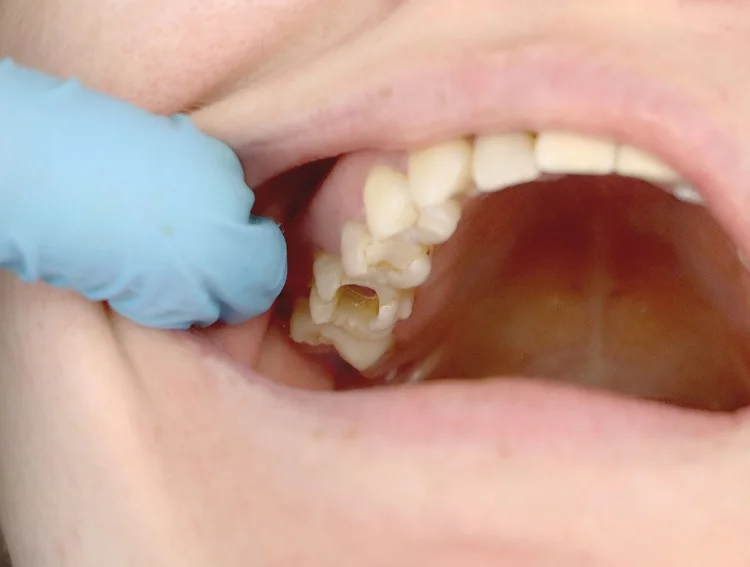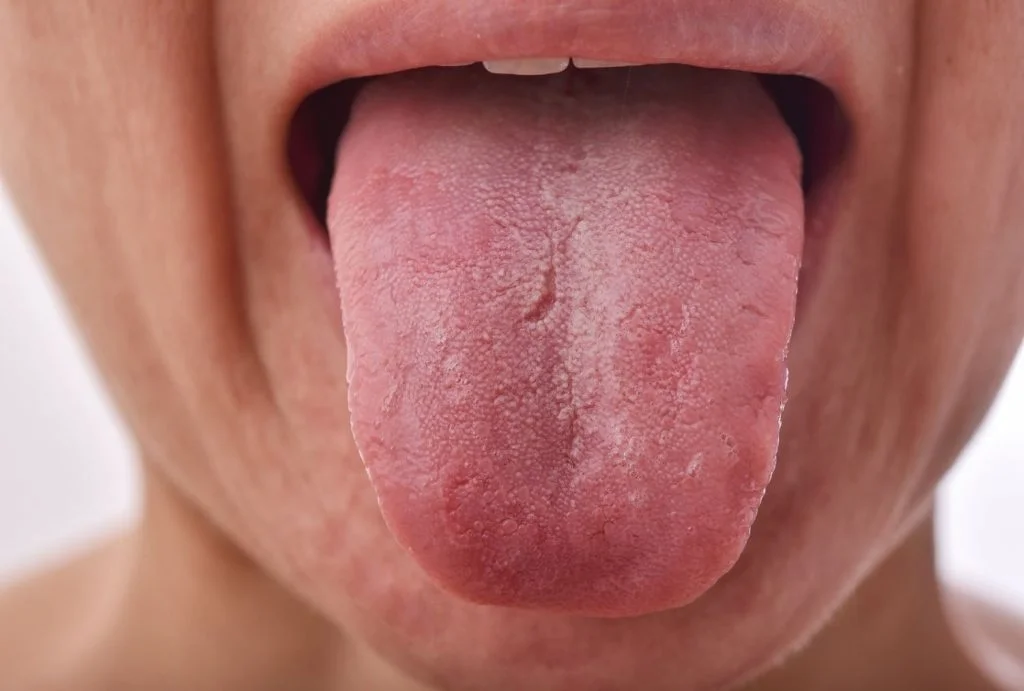Last Updated on: 20th December 2025, 07:30 am
Proper hydration keeps your pet’s mouth moist, allowing saliva to clean away food debris and bacteria. This reduces plaque, tartar, bad breath, and gum inflammation, supporting healthier teeth and gums overall.
Summer means we’re careful about staying hydrated, but have you thought about your furry friends? Dogs and cats don’t sweat like us. Dogs rely on panting and drinking water to cool down, while cats tend to drink less naturally, making hydration even more crucial for them.
Sure, many people dislike seeing drool all over the house or constant water bowl messes. But the truth is, hydration in pets isn’t just about comfort; it’s about their health. Water keeps their mouth moist, promoting saliva production. Saliva plays a key role in preventing plaque, bad breath, inflamed gums, and cavities.
If you want your pet to be healthy and happy, make sure they drink enough water daily. It’s a simple yet powerful step to protect their oral health and overall well-being.
What is hydration in pets and how does it affect their oral health?
Hydration in pets means making sure they drink enough water every day to support their body’s vital functions and oral health. Drinking water benefits pets by:
- regulating body temperature, helping prevent heatstroke (especially in dogs).
- supporting digestion and smoother bowel movements.
- keeping the mouth moist, preventing dry mouth (xerostomia).
- stimulating saliva, which naturally cleans the mouth and fights bacteria.
- reducing plaque and bad breath, protecting teeth and gums.
Pets are made up of about 60–80% water, with kittens and puppies reaching the higher end. When they lose more fluids than they take in, dehydration occurs.
Without enough water, saliva production falls, leading to dry mouth, bad breath, inflamed gums, and increased plaque and tartar, a setup for painful dental diseases and infections.
How can you spot dehydration in your pet?
Detecting dehydration early is key to protecting your dog’s health and preventing dental problems. Sadly, our dogs can’t tell us when they’re thirsty, so knowing the signs helps us act quickly before it becomes an emergency.
What are the general signs of dehydration?
- Sunken, dry-looking eyes
- Dry nose in dogs; dry gums in cats
- Drinking less water or urinating less
- Loss of appetite
- Vomiting, with or without diarrhea
- Lethargy or weakness, acting tired or less playful
- Heavy panting without exercise (mainly in dogs)
- Loss of skin elasticity
Skin elasticity test (Skin Tenting)
If you’re unsure whether your pet is dehydrated, you can try this simple test:
- Dogs: Gently pinch the skin between their shoulder blades, lift it, and let go. If hydrated, the skin springs back immediately. If dehydrated, it takes longer to return. Try this when your dog is healthy to know their normal.
- Cats: The same test can be done by pinching the skin over their shoulders or at the base of the neck. If the skin doesn’t return quickly to place, dehydration may be present. However, in older cats or those with chronic conditions, this test may be less reliable, as their skin naturally loses elasticity with age
What are the oral signs of dehydration?
Dehydration also affects your dog’s mouth, leading to:
- dry, sticky, or inflamed gums that may bleed easily
- thick, sticky saliva
- dry, cracked tongue
- strong bad breath (halitosis) due to bacterial build-up
- plaque and tartar accumulation, increasing the risk of gum disease
- sores or injuries inside the mouth from lack of lubrication
- receding gums, exposing tooth roots
- avoiding food, as eating may cause pain or discomfort
Capillary refill test
Gently press your finger against their gums until they turn white, then remove it. In a hydrated pet, the area turns pink again almost immediately (within 1–2 seconds). If it takes longer, dehydration may be present.
If you notice these signs, offer fresh water right away and contact your vet for evaluation and treatment.
What are the causes of dry mouth and dehydration in pets?
While dehydration is the most common reason for dry mouth, multiple causes exist.
Main causes of dehydration
- Not drinking enough water: some pets need encouragement to drink.
- Excessive heat or exercise (especially dogs).
- Vomiting, diarrhea, or fever.
- Age or breed factors: kittens, puppies, seniors, and small breeds are more at risk.
- Health conditions: kidney disease, diabetes, or cancer.
Other causes of dry mouth
- Medications, like antihistamines or allergy treatments
- Hormonal or kidney problems
- Cancer treatments, such as radiotherapy
- Salivary gland or nerve issues
If your pet often has a dry mouth or shows dehydration signs, consult your vet to identify the cause and get the right treatment.
How to keep your pet properly hydrated?
Keeping your pet hydrated is crucial for their overall health and oral hygiene. Here are practical, easy-to-follow tips:
- provide clean, fresh water at all times: change their water daily and wash the bowl to prevent bacteria. Always ensure outdoor dogs have water available, too.
- use the right water bowl: choose a bowl that is big enough and not too deep so your dog can drink comfortably. Stainless steel or ceramic bowls are durable and hygienic options.
- add water to their kibble: especially for cats, who tend to drink less naturally.
- try flavored water: adding a splash of unsalted chicken broth can encourage picky drinkers (vet-approved only).
- offer wet or canned food: increases daily water intake naturally.
- give hydrating treats or ice cubes (dogs): fun snacks that keep them cool and hydrated.
- use pet fountains: many cats prefer running water, which encourages them to drink more.
- avoid salty foods: excessive salt can increase dehydration risk.
- carry water during walks (dogs): bring a bottle and foldable bowl.
How to prevent dehydration in pets?
Prevention is always the best approach. Ensure your pet has access to clean water at all times, indoors and outdoors. Some pets may drink less due to preference, so try:
- adding low-sodium broth for flavor (vet-approved)
- giving ice cubes as treats (dogs)
- providing wet food for extra hydration
General hydration guideline: Pets need approximately 1 ounce of water per pound of body weight per day. This varies with heat, activity, age, and health. Ask your vet for personalized recommendations.
Additionally:
- keep harmful or inedible objects away to avoid digestive issues that can cause dehydration.
- use pet-proof trash cans to prevent them from ingesting dangerous items.
- maintain their health with vaccines, regular check-ups, and a balanced diet.
What are the best products to support hydration in pets?
Water is always the best way to keep your pet hydrated. However, some products can help them drink more and prevent dehydration and dry mouth:
- automatic water fountains: keep water fresh, clean, and appealing. Especially helpful for cats.
- wet or canned food: increases liquid intake naturally.
- hydrating treats: some contain high water content or electrolytes (mainly dog-specific).
- water additives: safe products added to water to reduce bacteria, stimulate saliva production, and improve oral hygiene. Examples include xylitol-based or pomegranate extract additives for dogs.
- dental brushes and chews (dogs): while they don’t hydrate directly, they remove plaque and stimulate saliva flow, complementing hydration for better oral health.
Remember that these products support hydration and dental care, but do not replace daily brushing or veterinary cleanings.
Combining good hydration habits with regular dental care will help keep your pet healthy, happy, and free of preventable oral diseases.
When should you see the vet for hydration or dental problems?
Take your pet to the vet if you notice:
- Persistent bad breath
- Red, inflamed, or bleeding gums
- Difficulty eating or excessive drooling
- Signs of dehydration, like lethargy, sunken eyes, or a dry mouth
Prompt evaluation can prevent serious dental or systemic infections.
Conclusion
Hydration in pets is more than just quenching their thirst. Keeping them well hydrated helps regulate temperature, improves digestion, and protects their oral health.
Water allows them to produce saliva that cleans their mouth from food debris and bacteria, preventing plaque, tartar, bad breath, and painful dental diseases.
Always offer fresh water, use wet food and hydrating treats when needed, and check their hydration daily. These simple habits will protect your pet’s health, smile, and happiness.
Frequently Asked Questions
Is giving ice cubes to pets safe?
Can dehydration lead to serious health problems in pets?
Why does my pet have dry mouth even if they drink water?
Should I give flavored water to my pets every day?
Can wet food alone keep my pet hydrated?
Voice and Search (Q&A)
How can I tell if my pet is dehydrated?
Check their skin elasticity by gently pinching the skin on their shoulders; if it doesn’t spring back quickly, they may be dehydrated. Also look for dry or sticky gums, sunken eyes, and signs of lethargy. If in doubt, contact your vet.
What can I do if my pet doesn’t drink enough water?
Try adding a splash of unsalted broth to their water (vet-approved), offering wet food, using a pet water fountain, or giving ice cubes as treats for dogs. For cats, using fountains can encourage them to drink more.
Can dehydration cause dental problems in pets?
Yes. Dehydration reduces saliva production, leading to dry mouth. This increases plaque buildup, bad breath, and the risk of gum disease in both dogs and cats. Keeping your pet hydrated is essential for their oral and overall health.
Share
References
1. Dijkstra, M. (2023, October 2). Mouthwash for dogs: water additive with pomegranate helps to keep canine teeth healthy – Frontiers | Science news. Frontiers Science News. https://www.frontiersin.org/news/2023/09/29/frontiers-veterinary-science-additive-limits-regrowth-plaque-tartar-dogs
2. Downs, D. M. (2014, August 16). Hydration, Dehydration, and Rehydration in Canines. Wilderness Medical Society. Volume 31, Issue 3. https://wms.org/magazine/1112/vet-medicine-canine-hydration
3. Gawor, J. P., Ziemann, D., & Nicolas, C. S. (2023). A water additive with pomegranate can reduce dental plaque and calculus accumulation in dogs. Frontiers in Veterinary Science, 10. https://doi.org/10.3389/fvets.2023.1241197
4. Mitchell, S. C. (2023, September 12). Is my cat dehydrated?. PetMD. https://www.petmd.com/cat/symptoms/is-my-cat-dehydrated
5. Otto, C. M., Hare, E., Nord, J. L., Palermo, S. M., Kelsey, K. M., Darling, T. A., Schmidt, K., & Coleman, D. (2017). Evaluation of three hydration strategies in detection dogs working in a hot environment. Frontiers in Veterinary Science, 4. https://doi.org/10.3389/fvets.2017.00174
6. Reisen, J. (2024, March 26). Warning signs of dehydration in dogs. American Kennel Club. https://www.akc.org/expert-advice/health/warning-signs-dehydration-dogs/
-
Dr. Yeidy Carolina Mesa [Author]
DDS Yeidy Carolina Mesa Passionate Dentist | Advocate for Accessible Oral Health Education Graduating from Universidad CES in 2022, I am a dedicated general dentist with a lifelong passion for helping others and making a meaningful impact in the world. My journey into dentistry began at the age of 7, inspired by my own experience with braces and overcoming a fear of the dentist. This personal journey shaped my mission to help patients conquer their own dental anxieties and embrace a healthier,...
View all posts
-
Nayibe Cubillos M. [Medical Reviewer]
Pharmaceutical Chemestry |Pharmaceutical Process Management | Pharmaceutical Care | Pharmaceutical Services Audit | Pharmaceutical Services Process Consulting | Content Project Manager | SEO Knowledge | Content Writer | Leadership | Scrum Master
View all posts
A healthcare writer with a solid background in pharmaceutical chemistry and a thorough understanding of Colombian regulatory processes and comprehensive sector management, she has significant experience coordinating and leading multidisciplina...


